Multi-camera arrays
One can obtain a sparse sampling of the light field of a scene by acquiring a number of views from different view points. This can be done in a straight-forward but expensive manner using an array of cameras which capture the scene simultaneously. The different views can be high-resolution, and this kind of setup can be capable of acquiring dynamic scenes.
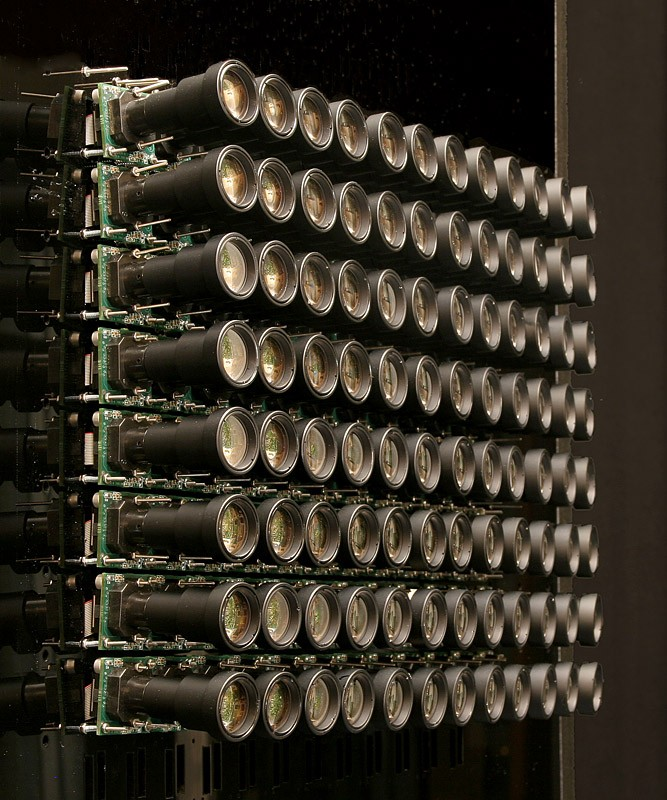
Light field gantries
For static scenes, a cheaper way to capture them is by using a single moving camera, which can however only be used for static scenes. We have two setups available, one to capture a 4D light field of a scene (a "Lumigraph"), the other to acquire lots of samples of a small object from hemispherical view points under controlled lighting. The second one can be employed to obtain BRDF samples.
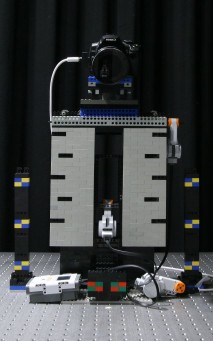 |
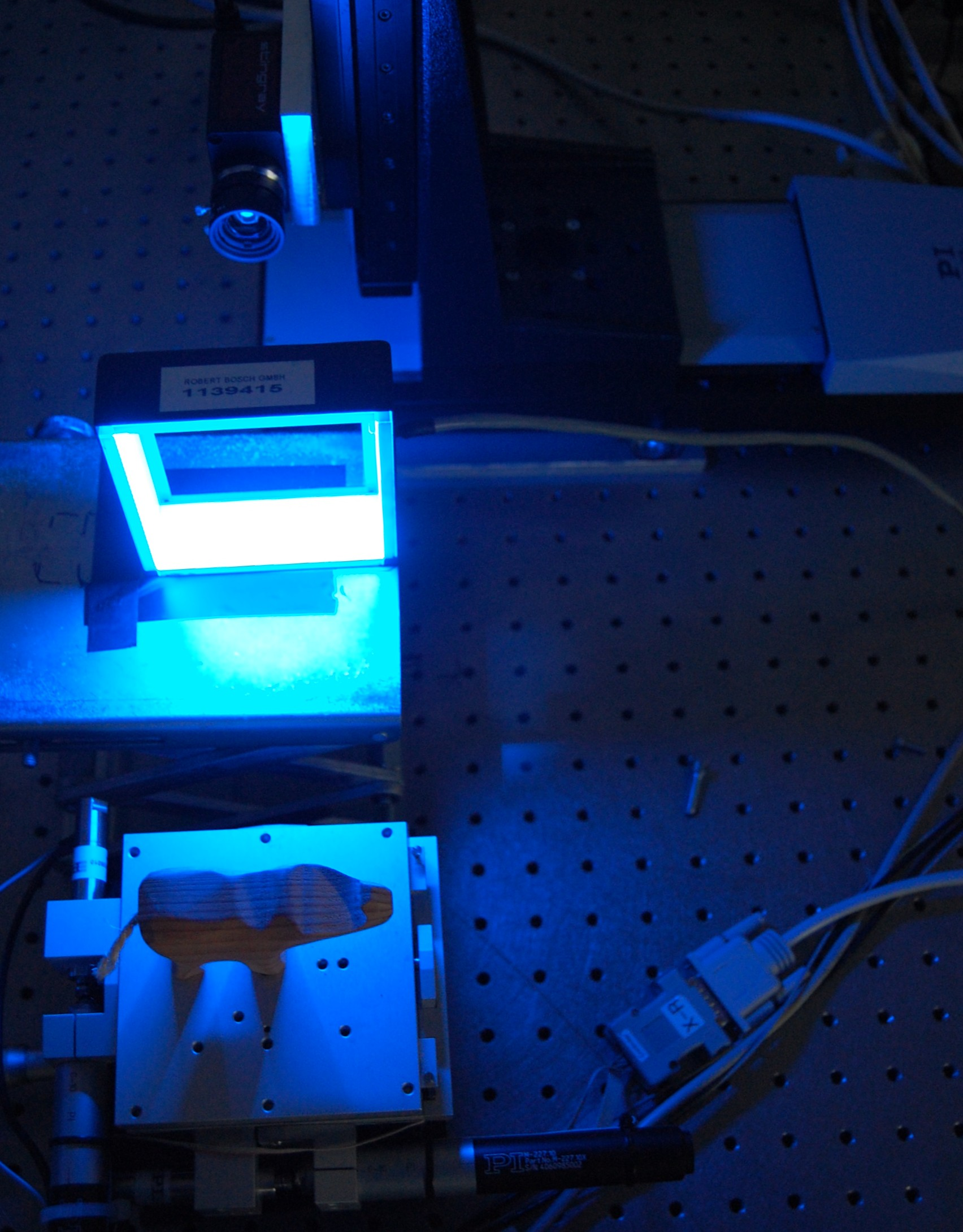 |
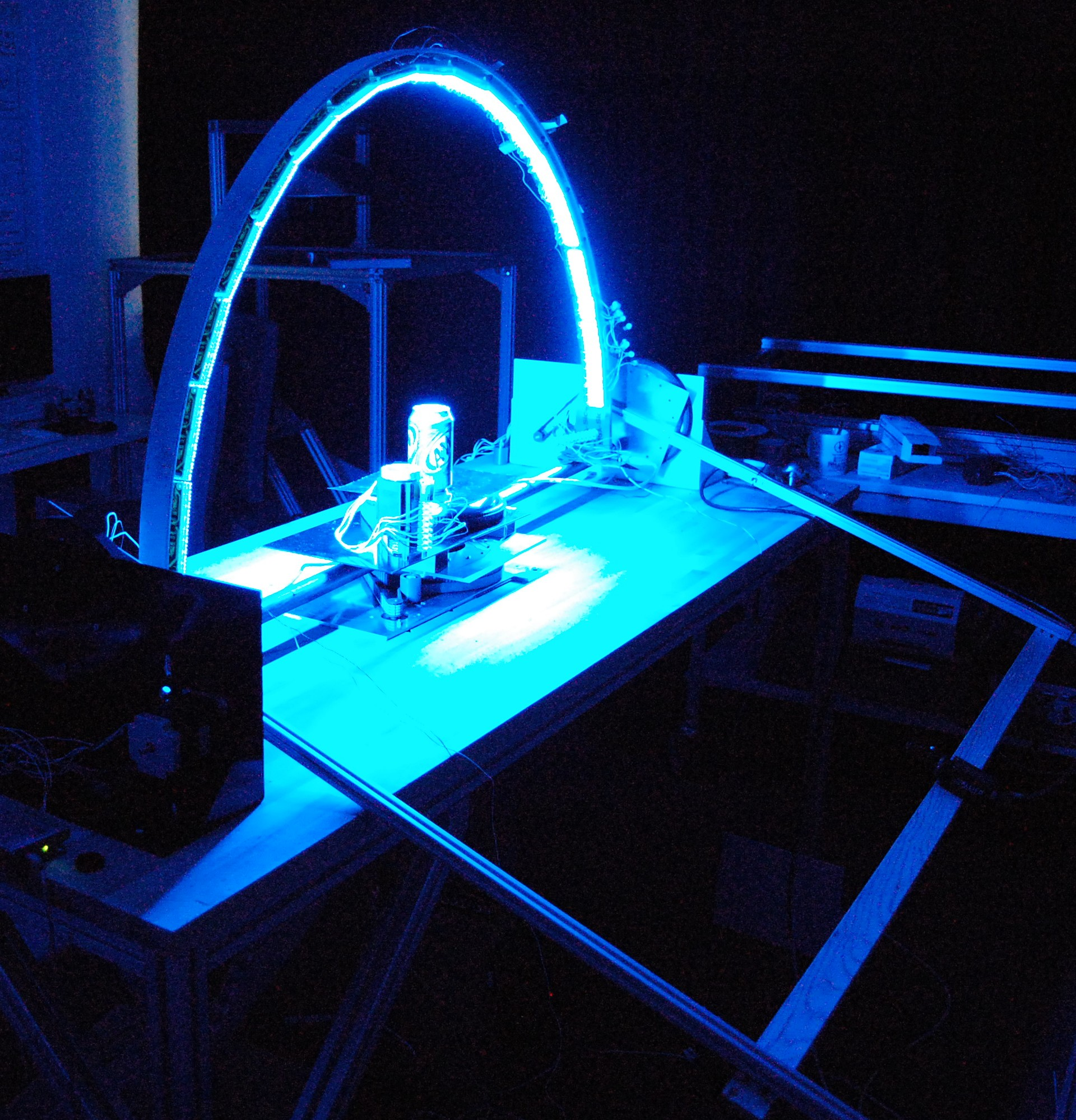 |
Plenoptic cameras
Recently, the first commercial plenoptic cameras have become avail- able on the market. Using an array of microlenses, a single one of these cameras essentially captures an full array of views simultaneously. This makes such cameras very at- tractive for a number of industrial applications, in particular depth estimation and surface inspection, and they can also acquire video streams of dynamic scenes.
 |
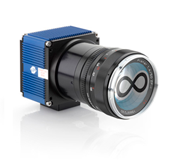 |
Naturally, this creates a high demand for efficient and robust algorithms which reconstruct information directly from light fields. However, while there has been a lot of work on for example stereo and optical flow algorithms for traditional image pairs, there is a lack of similar modern methods which are specifically tailored to the rich structure inherent in a light field. Furthermore, much of the existing analysis is local in nature, and does not enforce global consistency of results.
Our group aims at creating novel algorithms for light field analysis. Among other things, we are currently working on

